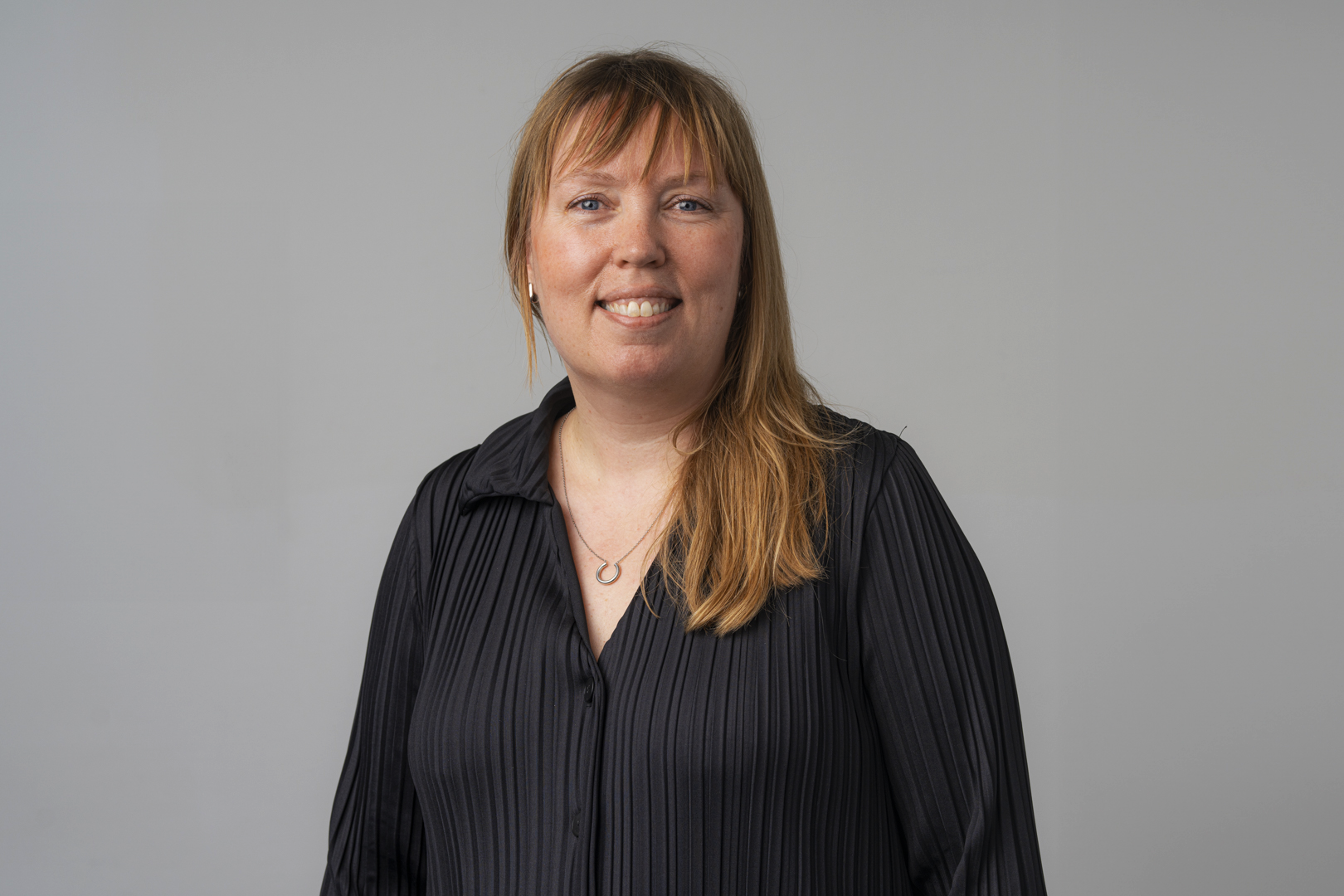Mette Simonsen Abildgaard
Research leader

Project title
Tensions in Arctic Infrastructures
What is your project about?
Tensions focuses on the challenge that infrastructures in the Arctic are often created for and by others. Northern Norwegian wind energy plants supply power to central Europe, while Iceland's growing data centre industry processes global data streams. However, this fast-paced industrialization of the Arctic is often met with resistance from Arctic populations. We therefore raise the question what 'good' infrastructure really is in an Arctic context? We investigate this question ethnographically by focusing on the tensions and negotiations that arise across areas in Greenland, Norway and Iceland, which are experiencing rapid infrastructure development. We also follow actors outside the Arctic who plan, design and build infrastructure in the region, and in that way seek to build a new research agenda for studies of Arctic infrastructures.
How did you become interested in your particular field of research?
I have previously studied the cultural history of the telephone in Denmark. Like many Danes, I also have a relationship with Greenland; I lived in Greenland as a child, and therefore became curious to understand how telephony in Greenland has taken shape under completely different conditions, but with great influence from Denmark. When I started researching that question, I realized that there is a lack of humanities and social science research dealing with infrastructure and the built environment in the Arctic. This has led to my current research into Arctic telecommunications infrastructures and their history and, in a broader sense, the question of how infrastructure and everyday life are intertwined in the Arctic.
What are the scientific challenges and perspectives in your project?
It is complex to study infrastructures such as energy supply chains, telecommunications networks and data centres because they by their very nature transgress many of the geographic, dimensional and technical boundaries that humanistic research usually follows: Infrastructures intervene in geopolitics as well as everyday life and traverse national borders and technical systems. At the same time, infrastructure is an underexplored topic when it comes to the Arctic, perhaps because there is a tendency to think of the region as an uninhabited wilderness. The challenge is therefore to develop new theories and methodological approaches that can handle this complexity, and at the same time increase awareness and understanding of the Arctic as a region with both military, digital and green infrastructures whose development has great global significance.
What is your estimate of the impact, which your project may have to society in the long term?
I hope that my research into the tensions at stake in Arctic infrastructures can help anticipate emerging developments in the Arctic region and support the involvement of Arctic populations in the development of infrastructure. That perspective is, of course, first and foremost important in an Arctic context, where the knowledge we produce in the project will hopefully contribute to strengthening Arctic nations by ensuring that their interests to a greater extent are served in infrastructure projects. But the research also has important perspectives for the world outside the Arctic. For example, the green transition depends on a better understanding of how the new green infrastructures planned in the Arctic affect both local and global conditions.
Which impact do you expect the Sapere Aude programme will have on your career as a researcher?
First of all, it is a great honour to receive a Sapere Aude: DFF-Starting Grant. In addition to being a much-appreciated pat on the back for my research, it is absolutely crucial that the grant draws more attention to the critical infrastructure development taking place in the Arctic right now. Furthermore, I believe that research is best done in collaboration. It is therefore fantastic that the grant gives me the opportunity to build a strong environment for infrastructure research at Aalborg University.
Background and personal life
I live on Nørrebro in Copenhagen with my husband, who is also a researcher, our girls Ava and Thea, and our two cats. As a researcher, it can be frustrating that it takes a long time to see the results of your work. Maybe that is why both my husband and I like to throw ourselves into big and small construction projects in our apartment and summer house when we have time off - when you paint or lay floors, it is suddenly easy to see progress. Alongside the research and construction projects, I am a big consumer of culture in many forms; computer games, podcasts, indie music, literature, and tv shows.
View all research leaders here
Research institution
Aalborg University
Research field
Science and Technology Studies & Arctic Studies
City of your current residence
Copenhagen
High school
Nørre Gymnasium
